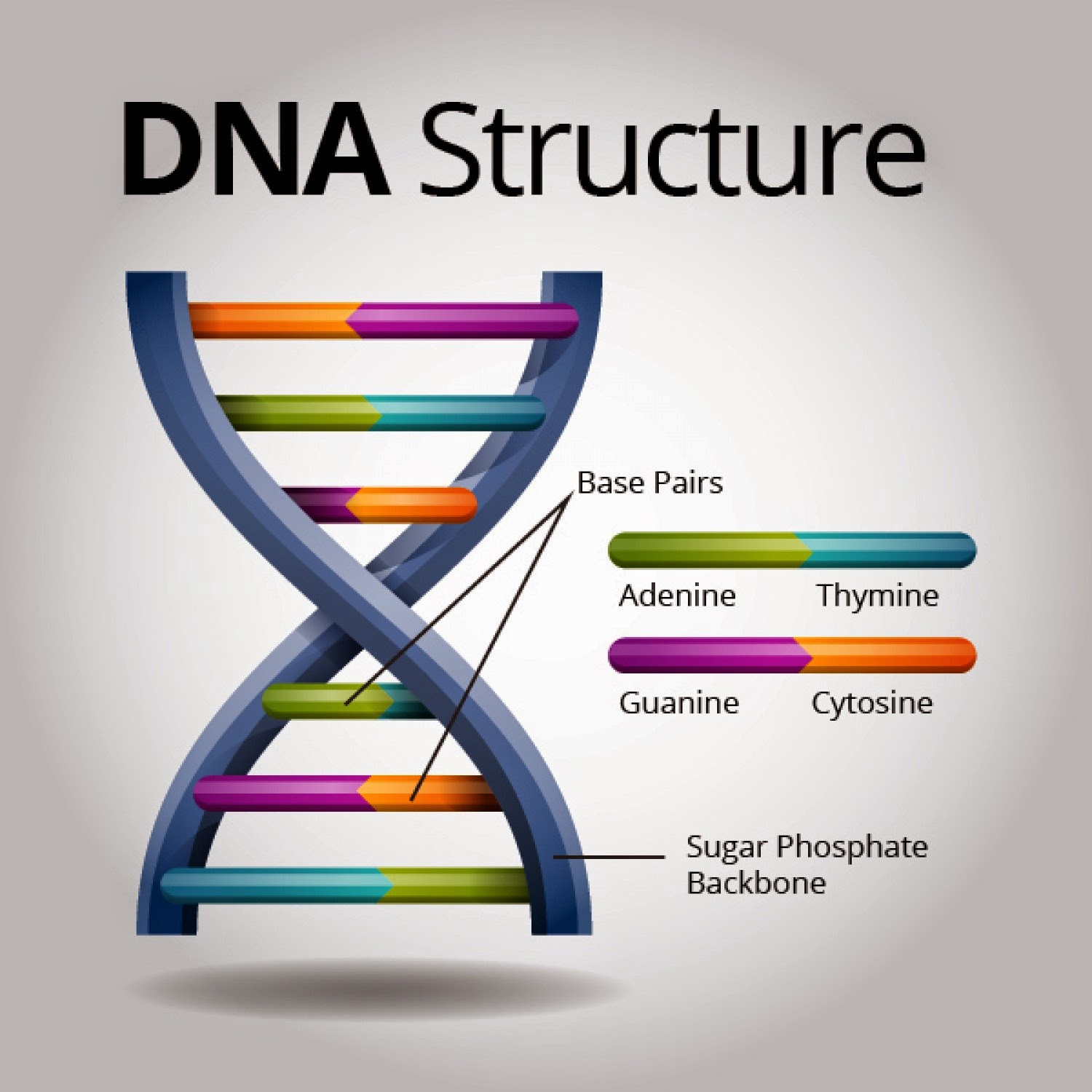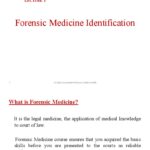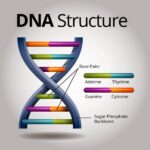Ever watch a crime drama and think, “DNA match? Case closed!”? It sounds so definitive, doesn’t it? But is it really that simple? Does a DNA match automatically equate to ironclad proof, a guaranteed conviction, or are there nuances and complexities lurking beneath the surface, like a lurking genetic gremlin ready to throw a wrench into the gears of justice?
This is a crucial question to consider. Let’s delve into the fascinating – and sometimes unsettling – world of forensic DNA analysis. We will explore the accuracy of DNA matches in solving crimes, taking into account factors that can influence results and potentially lead to misinterpretations. We’ll navigate the statistical probabilities, potential pitfalls, and the critical role of context in ensuring that justice is served fairly and accurately.
I. The Power of DNA: A Primer
Deoxyribonucleic acid, or DNA, is the hereditary material in humans and almost all other organisms. Its structure is remarkably consistent, but the sequence of nucleotide bases within the DNA molecule is unique to each individual. This individuality is what makes DNA such a powerful tool in forensic science.
Forensic DNA analysis relies on comparing DNA profiles from crime scenes (evidence samples) to DNA profiles from suspects (reference samples). A “match” suggests a possible connection between the suspect and the crime. The stronger the match, statistically speaking, the more likely it is that the suspect was present at the scene. The genetic loci analyzed in forensic contexts are primarily short tandem repeats (STRs) given their highly polymorphic nature.
II. Perfect Matches? Understanding Statistical Probabilities
DNA matching is probabilistic. Results are expressed as a likelihood ratio or a random match probability (RMP). A very low RMP (e.g., 1 in a billion) suggests that the likelihood of someone else in the population having the same DNA profile is extremely low. While the probability of a random match may seem infinitesimal, it’s crucial to remember that it’s not zero.
Consider a scenario: A crime is committed in a city with a population of ten million. Even with an RMP of 1 in a billion, statistically, ten people in that city could have a DNA profile that matches the crime scene sample. This highlights the importance of not relying solely on DNA evidence.
III. Potential Sources of Error: The Devil in the Details
Several factors can compromise the accuracy of DNA matches. Here are just a few:
A. Sample Contamination: Imagine a crime scene teeming with forensic personnel, each potentially carrying minute amounts of DNA. If a DNA sample is contaminated, it can lead to inaccurate or misleading results. Contamination can occur at the crime scene, during collection, or even in the laboratory.
B. Degradation: DNA is a fragile molecule. Exposure to sunlight, moisture, or heat can degrade it over time, making it difficult to obtain a complete and accurate profile. Degraded DNA can lead to partial profiles, which increase the chance of a coincidental match.
C. Mixture Interpretation: Crime scene samples often contain DNA from multiple individuals. Disentangling these mixtures can be complex and subjective. Incorrect interpretation of mixed DNA samples can lead to false inclusions or exclusions.
D. Laboratory Errors: While rare, human error in the laboratory can occur. This includes mislabeling samples, incorrect pipetting, or software glitches. Robust quality control measures are essential to minimize the risk of these errors.
E. Familial DNA: A near-match may incriminate a relative. Genetic genealogy firms and law enforcement agencies are increasingly using techniques to find the relatives of a suspect by identifying genetic commonalities in DNA databases.
IV. The Role of Context: DNA in the Broader Picture
A DNA match should never be considered in isolation. It must be evaluated in the context of all other available evidence, including eyewitness testimony, forensic evidence, and the suspect’s alibi. A DNA match alone is insufficient for a conviction. Corroborating evidence is absolutely paramount.
Consider a scenario where a suspect’s DNA is found on a weapon used in a crime. While this is certainly incriminating, it doesn’t necessarily mean the suspect committed the crime. Perhaps the suspect had handled the weapon at some point before the crime, or perhaps the weapon was planted. Without additional evidence linking the suspect to the crime, a conviction based solely on the DNA match would be unjust.
V. The Future of Forensic DNA Analysis
The field of forensic DNA analysis is constantly evolving. New technologies, such as next-generation sequencing (NGS), are enabling scientists to obtain more information from smaller and more degraded samples. These advancements promise to increase the accuracy and reliability of DNA analysis. Simultaneously, concerns around privacy and data security in large DNA databases are being debated.
However, it’s essential to remember that even the most advanced technology is only as good as the people who use it. Proper training, rigorous quality control measures, and a commitment to ethical practices are essential to ensure that forensic DNA analysis is used fairly and accurately. The burgeoning field of epigenetic markers offers hope in terms of analyzing an individual’s behaviors and physical characteristics.
VI. Conclusion: A Powerful Tool, Not a Magic Bullet
DNA analysis is undeniably a powerful tool in solving crimes. It has exonerated the innocent and brought justice to victims. However, it’s crucial to recognize its limitations. DNA matches are not always 100% accurate, and they should never be considered in isolation. A DNA match is merely one piece of the puzzle, and it must be carefully evaluated in the context of all other available evidence. Only then can we ensure that justice is served fairly and accurately, and that innocent individuals are not wrongly convicted based on a potentially misleading genetic coincidence. So, while DNA evidence is potent, let’s not allow it to blind us to the multifaceted nature of truth and the importance of comprehensive investigation.










Leave a Comment